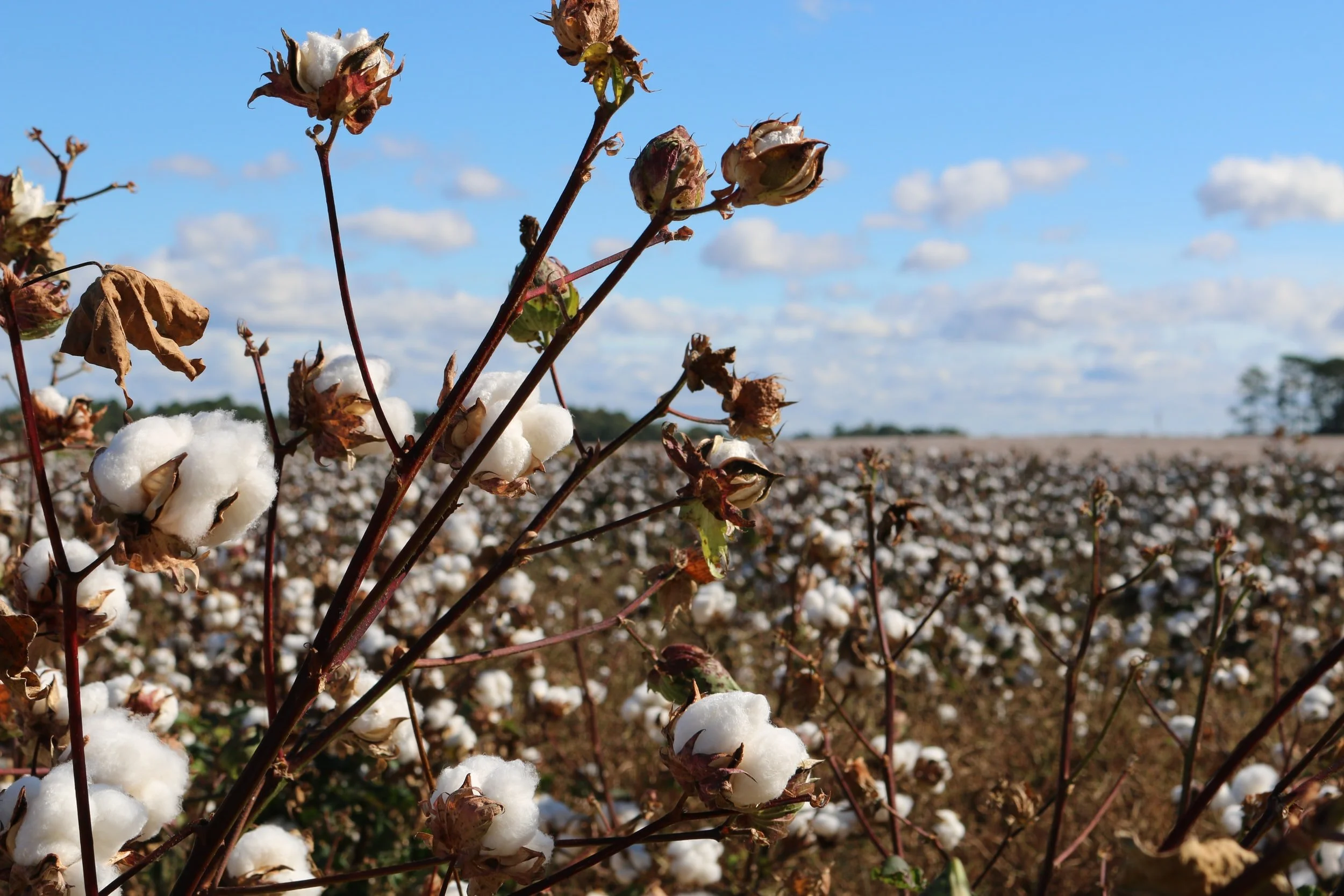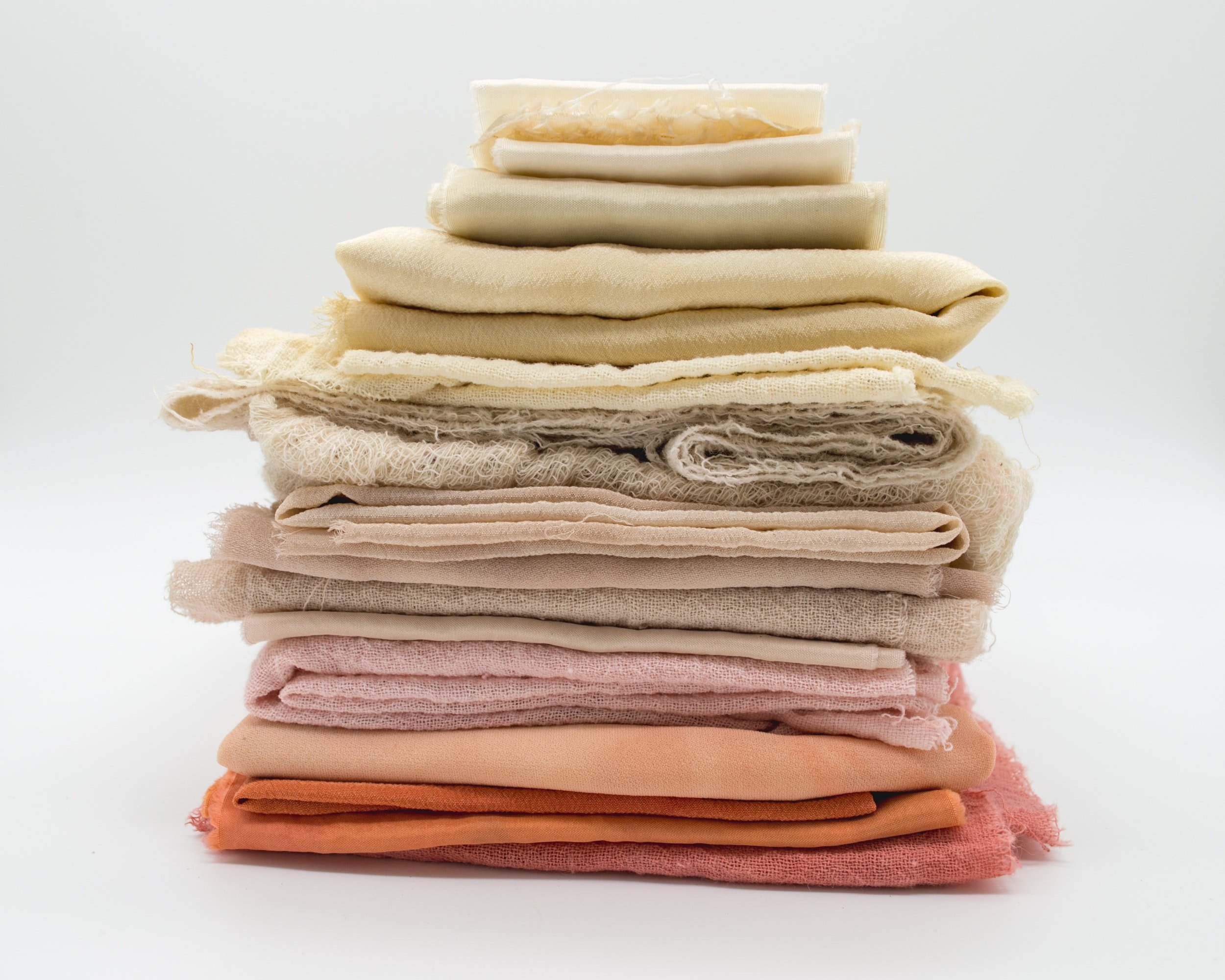FASHION FACTS: Cotton farming and it’s impacts on the environment
According to WWF, Cotton is the most widespread profitable non-food crop in the world. However only around 13% of the world’s cotton is produced sustainably. Water is used in excess when making cotton however it does not necessarily need to be. Around 2.7 litres of water are used to make just one cotton shirt.
This is because most cotton is genetically modified, meaning more chemicals and water have gone into the production making it than necessary. It is a long process to transition cotton farms from their general working process to becoming organic and this can generally take around 3 years.
Poor planning of farm layouts and locations has led to approximately 1/3 of the world’s land becoming unusable. One example of this poor planning is the Aral Sea between Kazakhstan in the north and Uzbekistan in the south, the Aral Sea was once a large water mass and has been drying up at a noticeably alarming rate since the 1960s. The water from the Aral Sea has been used for irrigation for farming nearby, causing it to dry up and having a devastating effect on communities that relied on the water for fishing, activities and transport.
By reusing cotton, buying second hand and up-cycling we are able to slow down the damage that it is doing to the environment. It may seem like one small step but if we all do small things to take part in the fight against climate change and environmental damage, we will have a major effect collectively.
Written by Kathryn Mendonca.
Images powered by Unsplash.



